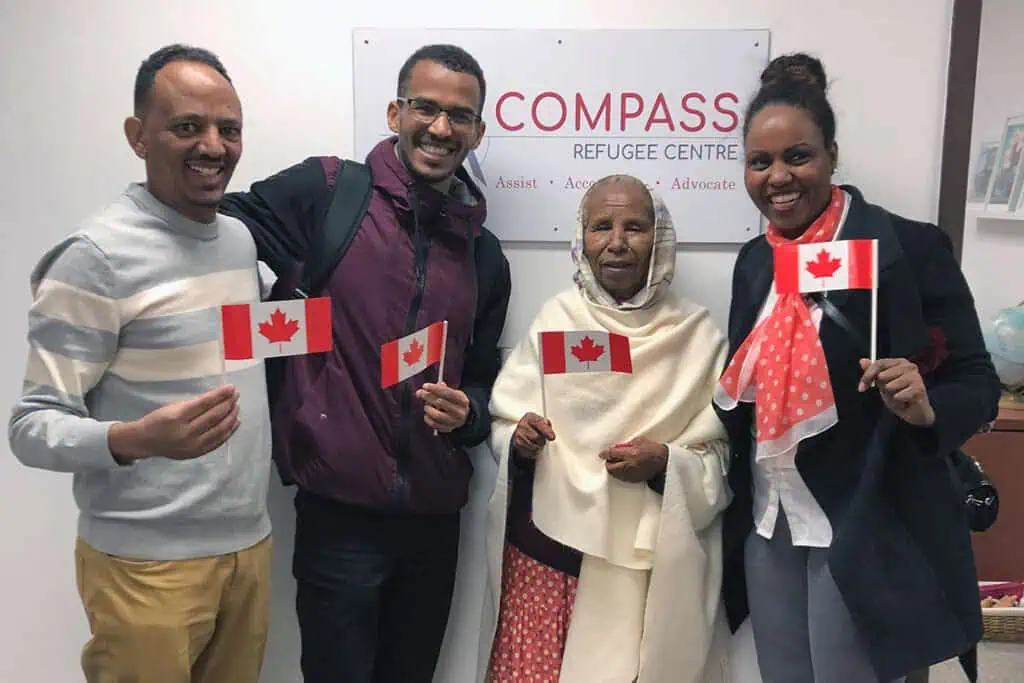Actions for Funders: Strengthening the Advancement of Workers in Low-Wage Jobs
In 2019, the WES Mariam Assefa Fund partnered with the Beeck Center for Social Impact + Innovation to explore how catalytic financing tools could drive more capital toward addressing the needs of immigrant and refugee workers. The impact of the pandemic made this work even more pressing.
The Fund and the Beeck Center are now thrilled to share recommended actions for funders to strengthen the training and advancement of low-wage workers, particularly immigrants and refugees. Read the report here.
The recommendations, intended for grantmakers and impact investors, were developed through research conducted this past year and in close collaboration with experts across the workforce training, immigrant integration, and finance sectors. We focus on the use of catalytic capital: capital invested with the aim of motivating the participation of additional funders who might otherwise not join an effort.
Below are three areas for the Fund that are a result of our partnership with the Beeck Center:
Using finance tools such as income sharing agreements (ISAs):
- In 2021, the Fund seeks to support borrower-friendly financing tools like ISAs, which enable learners to repay tuition after graduation as a set proportion of their income. While more education is needed about how best to operationalize this model across a variety of sectors, we believe that ISAs have great potential for scale, particularly in industries where learners can earn higher incomes.
Investing in wrap-around supports for workers:
- The Fund is thinking holistically about the variety of supports workers need in addition to skills and training programs. We are looking to fund programs that address needs such as childcare, digital access, English language training, and transportation, among others. Supporting the necessary data collection to make the case for these investments is also critically important.
Backing borrower-friendly financing tools that can help individual workers pursue their goals:
- We are supporting community development financial institutions (CDFIs) such as the International Rescue Committee’s Center for Economic Opportunity (IRC-CEO). Alongside other impact investors, the Fund recently invested in the Social Impact Fund, a partnership between the IRC-CEO and the Refugee Investment Network. The model provides flexible, affordable consumer loans along with financial coaching to clients, many of whom are immigrants and refugees and lack access to traditional financing.
- Lending circles like those facilitated by Mission Asset Fund (MAF) bring people together to form zero-interest, small dollar loans. MAF acts as a loan servicer—ensuring that everyone in the circle receives a loan—and reports each borrower’s payments to the three major U.S. credit bureaus. In 2020, the Fund made a grant to Mission Asset Fund to scale and replicate this model across the country.
We are especially excited about the opportunity to advance some of the recommended actions with the new Biden administration. The federal government’s equity-focused agenda and commitment to supporting workers in low-wage jobs as well as immigrant and refugee workers is encouraging. However, philanthropic and impact investment capital will be key to leveraging the resources that the new administration brings.
We are also keen to partner with others, particularly on blended capital vehicles that leverage philanthropic, private, and public dollars to advance career pathways for immigrant and refugee workers.
The actions outlined in this paper are important steps to supporting workers in low-wage jobs. But to fully realize the deep systemic change that the U.S. requires, philanthropic funders and impact investors must do more to shift resources and power to workers and communities. The Beeck Center’s Nate Wong and Andrea McGrath recently published a piece in the Stanford Social Innovation Review exploring how funders can invest in community leadership capacity-building and open up decision-making and information-sharing structures.
By directly addressing the power imbalance between institutions and constituents, funders can build and demonstrate a trust-based culture between them and the people they hope to serve.




